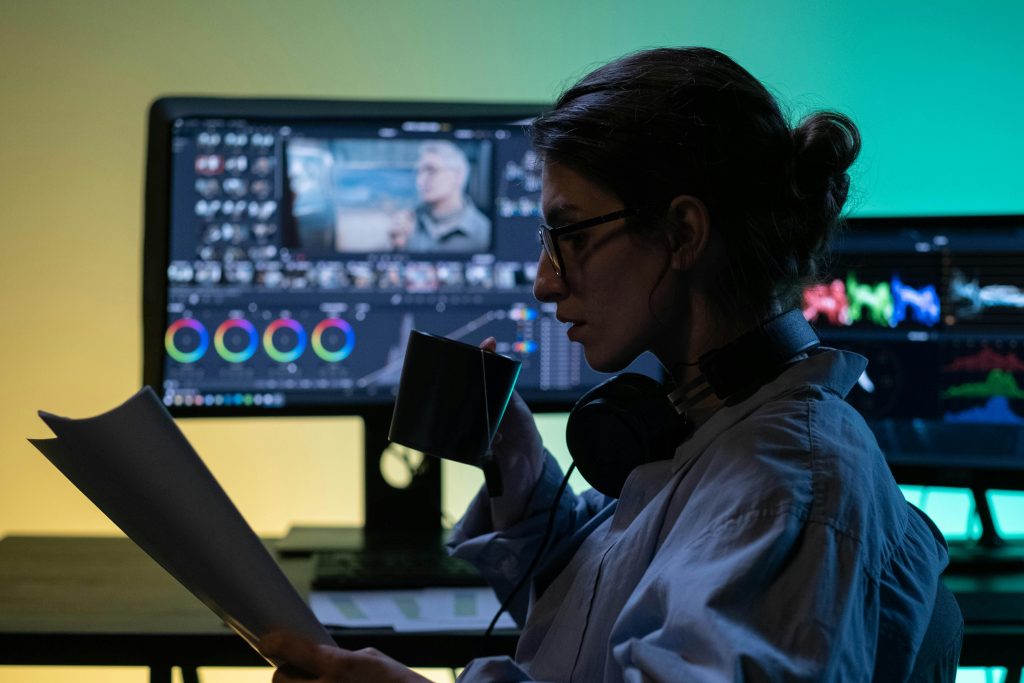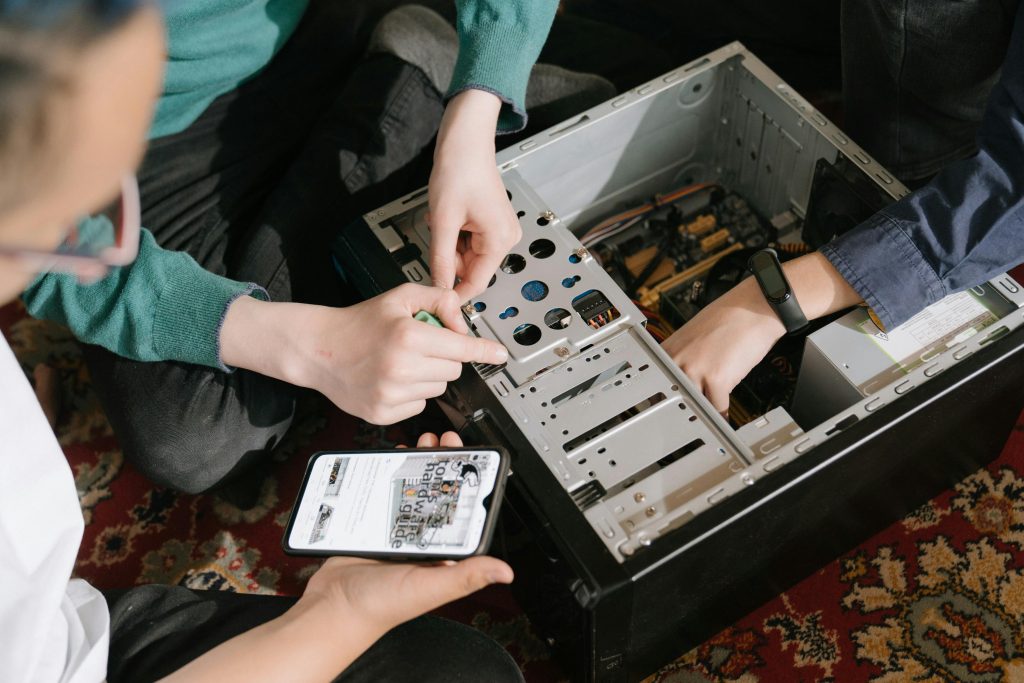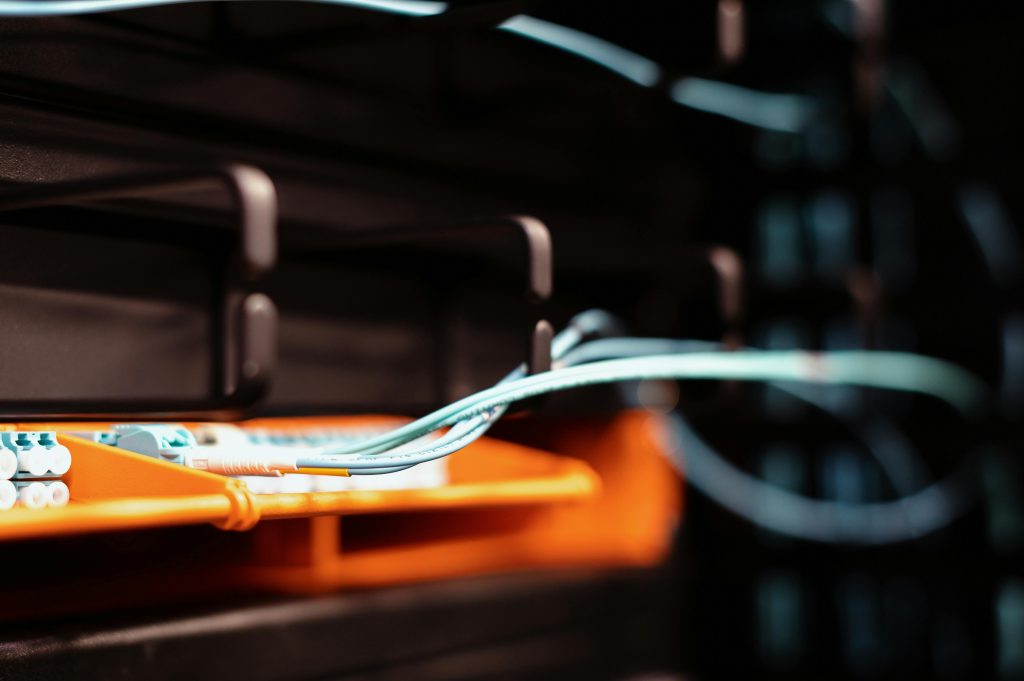Understanding and Troubleshooting Overheating and Blue Screen Errors in Your PC
If you’re experiencing sudden shutdowns and blue screen errors while gaming, you’re not alone. Many users encounter similar issues, especially when their computer temperatures reach critical levels. In this article, we’ll explore common causes of these problems and provide actionable steps to diagnose and resolve them effectively.
Identifying the Issue
From your description, your PC—equipped with an AMD RX 470 graphics card and FX-8370 processor—is encountering shutdowns at temperatures around 80°C (170°F), accompanied by “Hypervisor Error” and a subsequent blue screen with error code “0x00001ca.” These symptoms suggest a possible overheating issue, hardware malfunction, or driver conflict.
Key Points to Consider:
– Overheating triggers automatic shutdowns to prevent hardware damage.
– Blue screens at high temperatures often indicate thermal-related hardware issues.
– Error codes like “0x00001ca” can relate to hardware or driver problems.
Step-by-Step Troubleshooting Guide
- Physical Inspection and Cleaning
- Dust Accumulation: While you’ve cleaned your PC with a small brush, consider doing a more thorough cleaning using compressed air to remove dust from heatsinks, fans, and vents.
- Check Thermal Paste: Since your brother applied new thermal paste, ensure it’s properly applied. If unsure, reapplying thermal paste can improve heat transfer.
-
Fan Operation: Verify all system fans are operational and spinning correctly.
-
Hardware Monitoring
- Use reliable software like HWMonitor or SpeedFan to track CPU and GPU temperatures in real-time during gaming sessions.
-
Observe temperature fluctuations and identify if any component is overheating prematurely.
-
Improve Cooling Efficiency
- Ensure your PC is in a well-ventilated area.
- Adjust fan curves if possible via BIOS or motherboard utility to increase airflow.
-
Consider installing additional case fans if your case supports them.
-
Update Drivers and Firmware
- Graphics Driver: Download the latest GPU drivers directly from AMD’s official website.
- BIOS and Chipset: Update your motherboard BIOS and chipset drivers to ensure compatibility and stability.
-
Windows Updates: Keep your OS updated with the latest patches.
-
Check for Software Conflicts
- Disabling Hypervisor: Since you mentioned disabling the Hypervisor, ensure this was done correctly, but also consider whether virtualization features are necessary for your setup.
-
Game Files: You already repaired game files; consider reinstalling the game if issues persist.
-
Hardware Diagnostics
Share this content:



